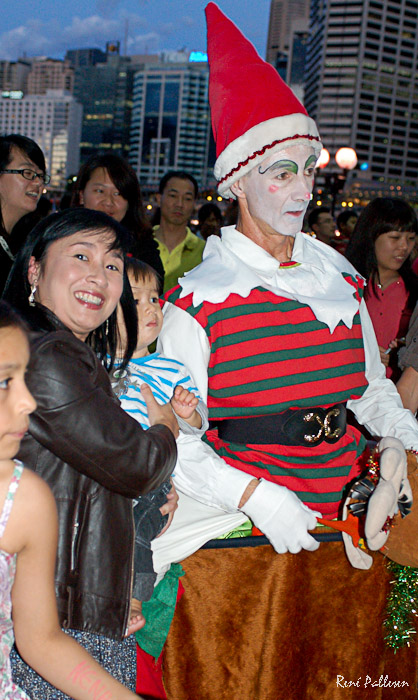19. December 2011 11:22
by Rene Pallesen
0 Comments
19. December 2011 01:21
by Rene Pallesen
0 Comments
19. December 2011 01:19
by Rene Pallesen
0 Comments
9. December 2011 08:06
by Rene Pallesen
0 Comments
Every year we are allowed to spend a certain number of working days on charity events. Last year I did some with a group from work, but this year I was offered to join Cisco on their charity for "Cure our Kids".
This is an even that mainly focuses on providing a support framework for parents whose kids have Cancer with the thinking that if there is a good support for the parents then they will be able to support their children better.
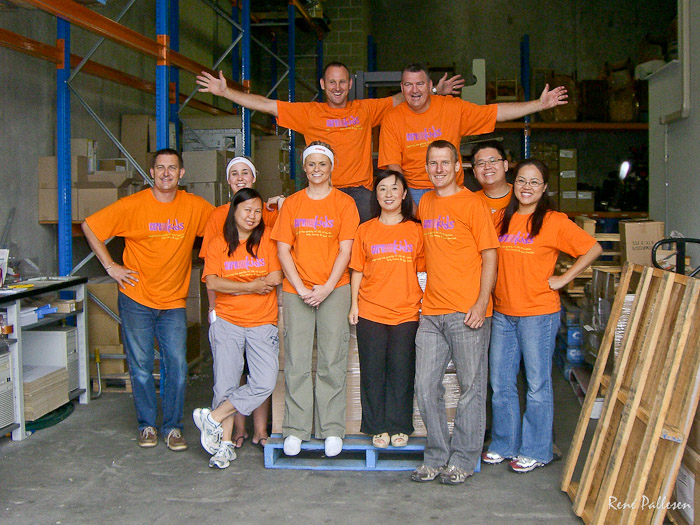
The work we did consisted of going through pallets of boxes with parent folders and then from these remove unwanted items and inserting new leaflets. A team was also going through other boxes to sort through what could be used for xmas and what needed to be ebay'ed off.
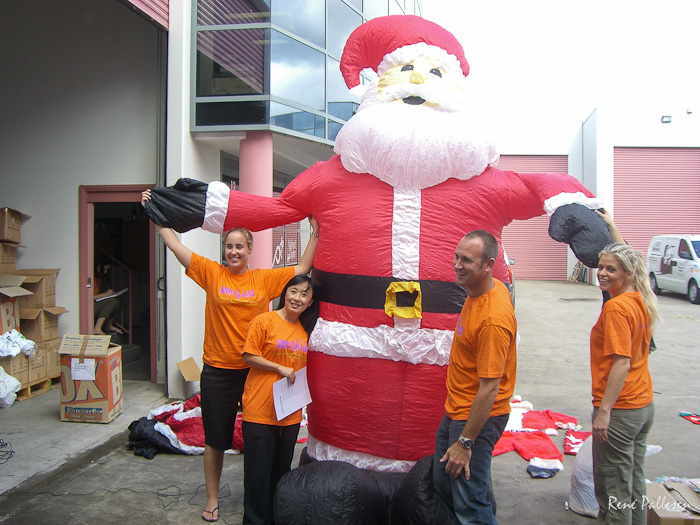
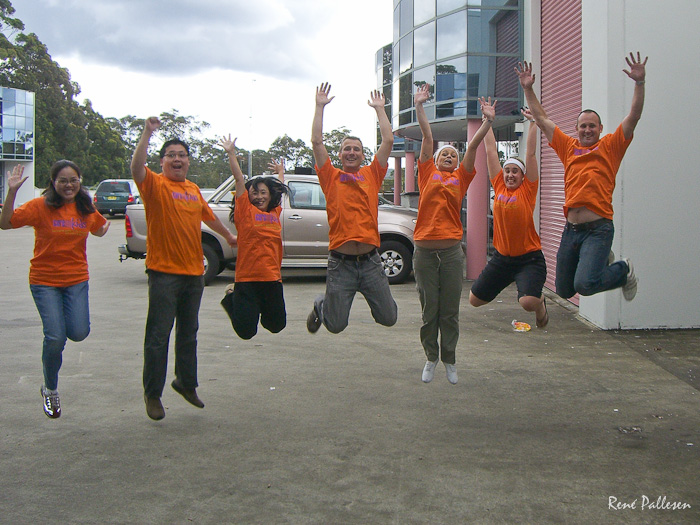
4. December 2011 03:47
by Rene Pallesen
0 Comments
This weekend Kim and I met met up with the mothers group for a christmas meet.
Because the weather was nice we decided to meet at the local playground and at the same time I could take some photos of the kids.
The playground has a plastic boat which makes it nice and easy to keep them contained in one area.
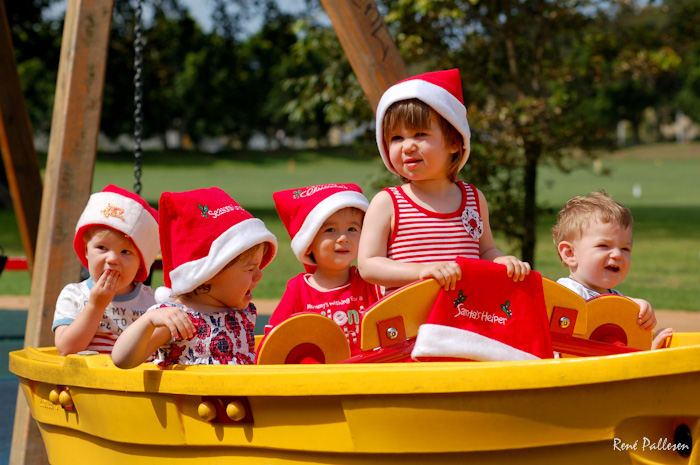
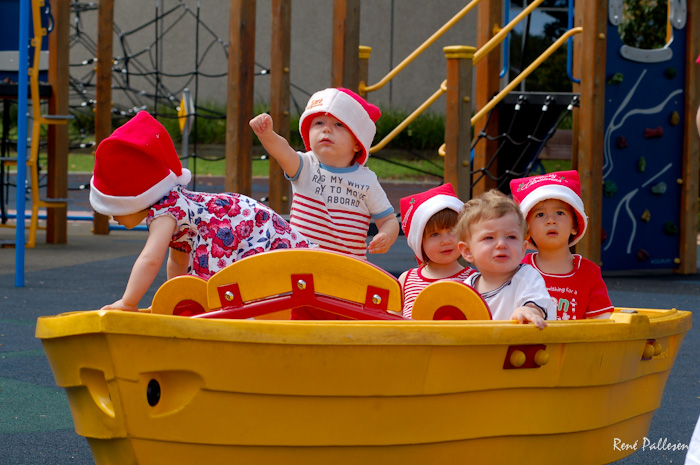
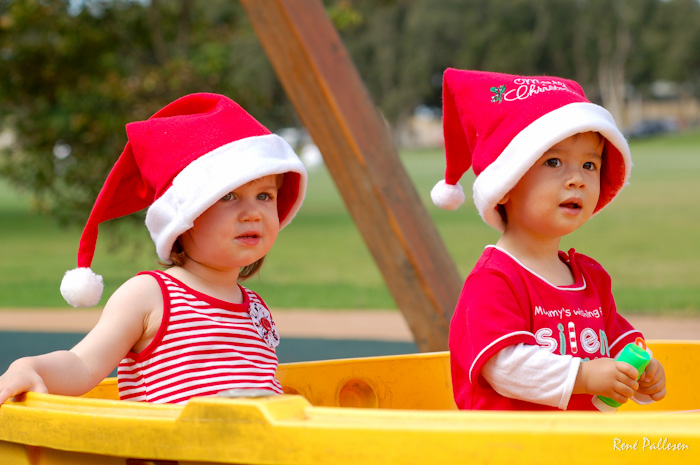
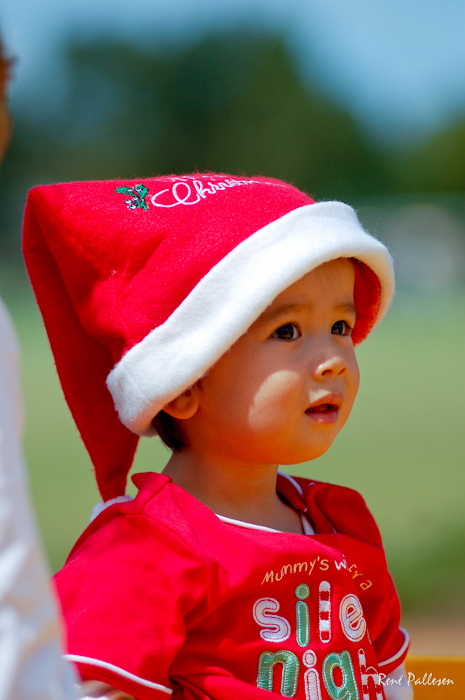
27. November 2011 07:48
by Rene Pallesen
0 Comments
They have now set up the christmas tree in East Gardens. I was trying to find a goot spot to take a photo from without use of a tripod and without being chased away by security.
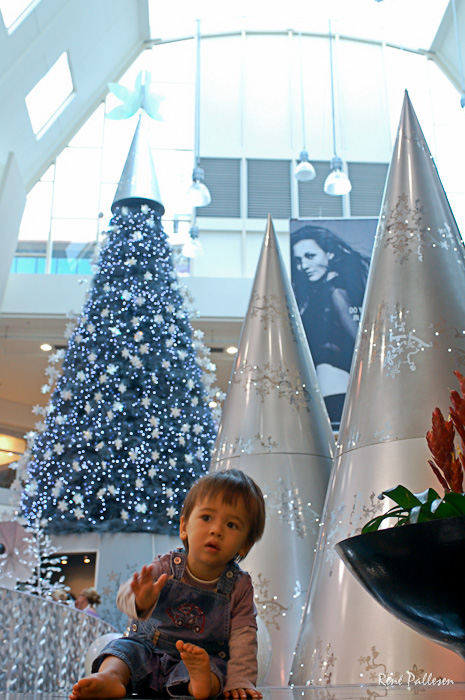
This was the best I could come up with.
27. November 2011 07:48
by Rene Pallesen
0 Comments
27. November 2011 07:48
by Rene Pallesen
0 Comments
On the weekend I was cutting down some of the bushes in our garden. Very quickly Aiden discovered that it was fun to play in the pile of leaves that I'd left behind.
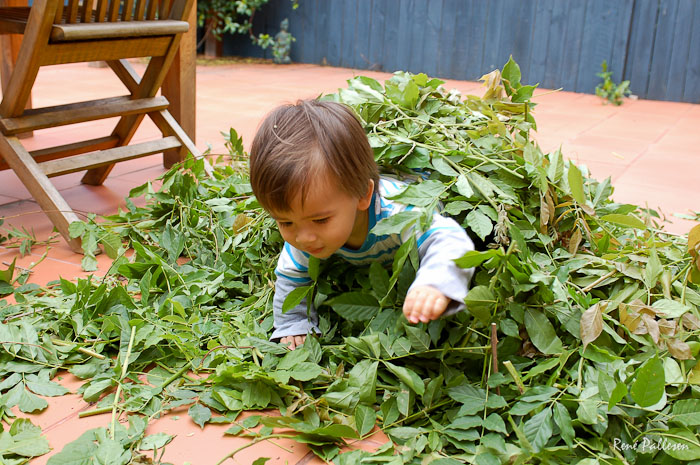
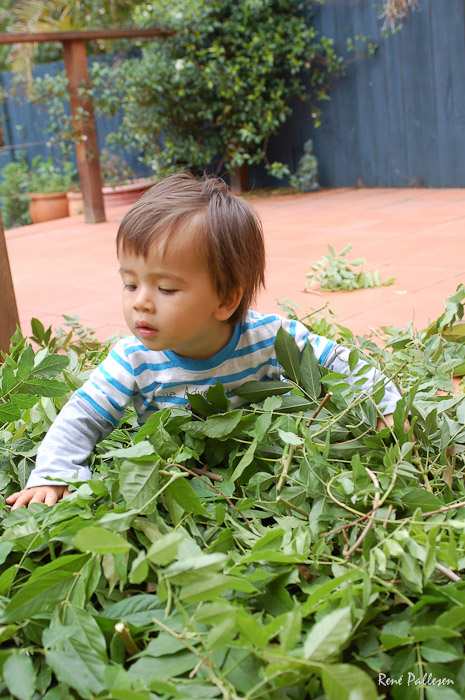
27. November 2011 07:47
by Rene Pallesen
0 Comments
The other day we were at Eastgardens shopping centre.
Lego had an area set aside where the kids could play with Lego (obviously to get the parents to buy them Lego for Christmas).
Obviously Aiden (and Dad) had to play for a while.
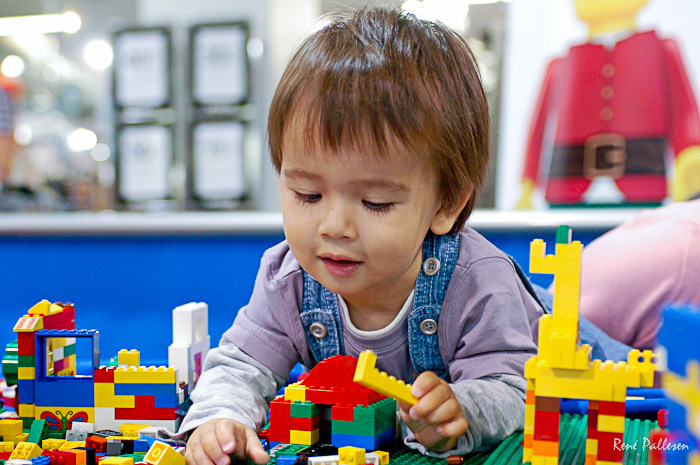
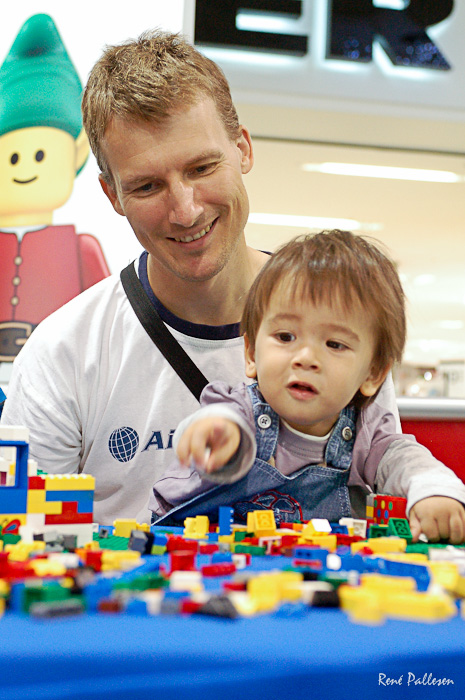
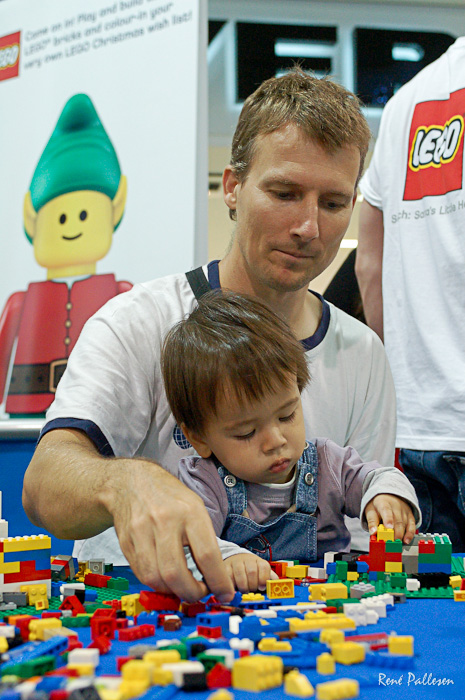
And Aiden also did some drawing (or at least he was playing with the colour pens)
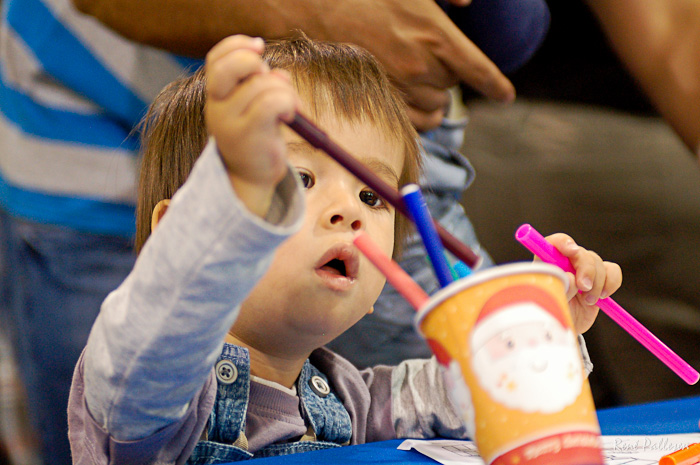
27. November 2011 07:47
by Rene Pallesen
0 Comments
Last weekend we went with Lachlan and Na to Darling Harbour for dinner.
This also happened to be the night of the Christmas parade in Darling Harbour.
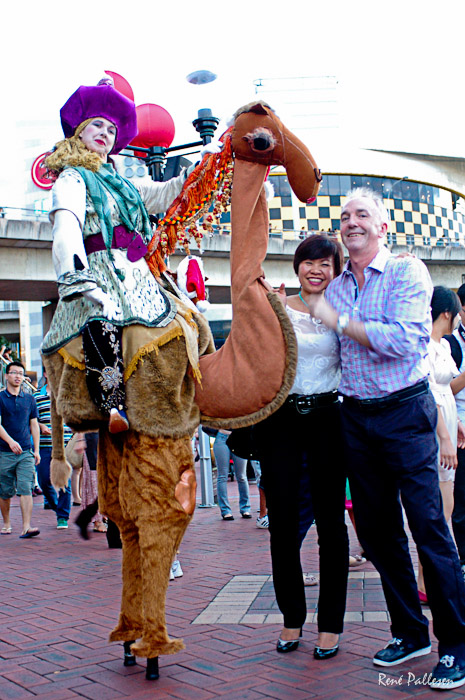
So there was a lot of entertainment such as the Three Wise Men.
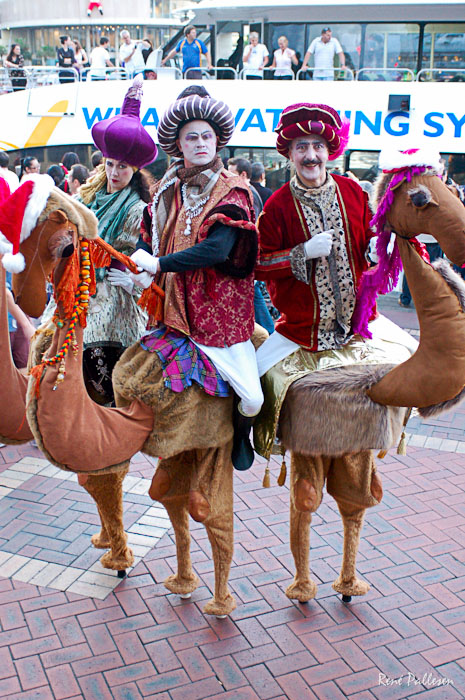
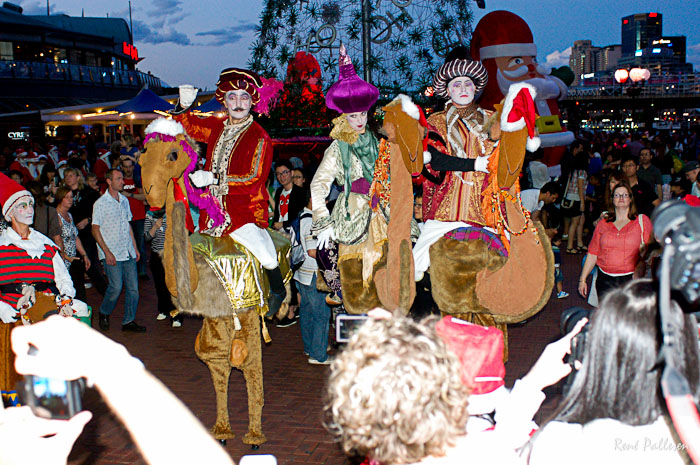
And lots of people dressed as Santa.
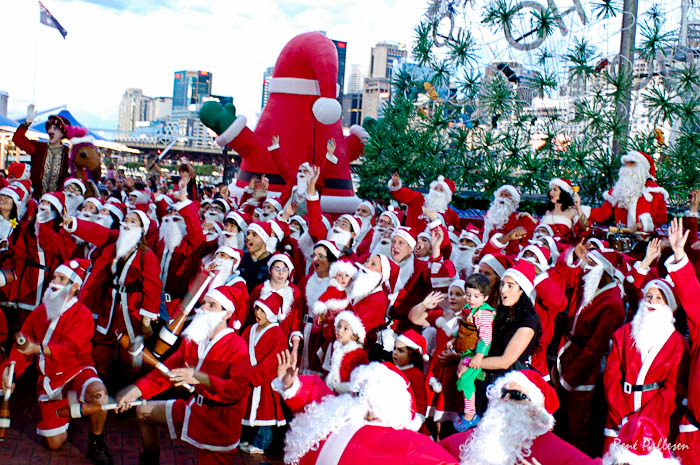
And Elves.
